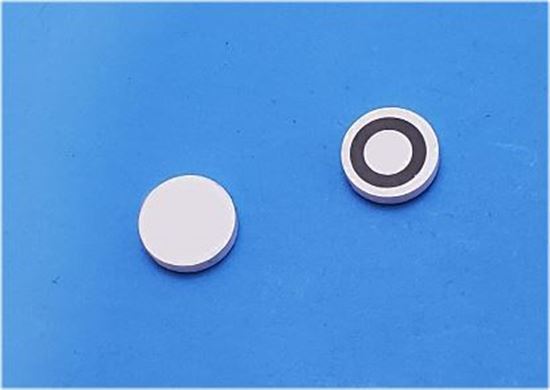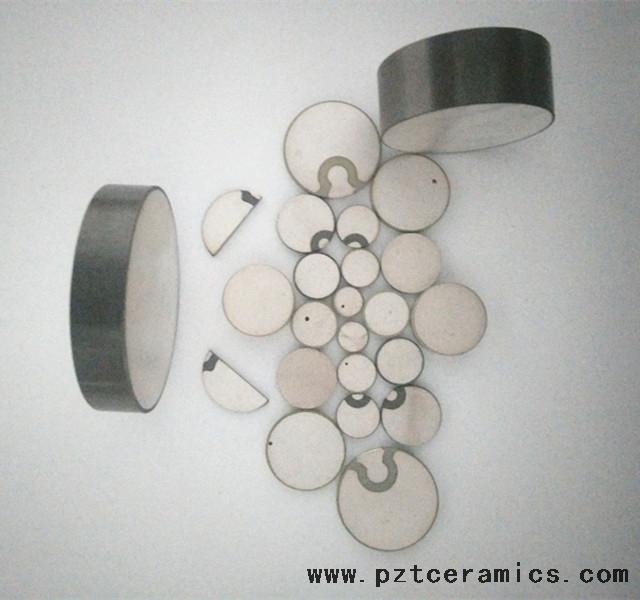
The Curies, however, did not predict the converse piezoelectric effect. Ī piezoelectric disk generates a voltage when deformed (change in shape is greatly exaggerated). Drawing on this knowledge, both René Just Haüy and Antoine César Becquerel posited a relationship between mechanical stress and electric charge however, experiments by both proved inconclusive. The pyroelectric effect, by which a material generates an electric potential in response to a temperature change, was studied by Carl Linnaeus and Franz Aepinus in the mid-18th century. The piezoelectric effect also finds everyday uses, such as generating sparks to ignite gas cooking and heating devices, torches, and cigarette lighters. It is used in the pickups of some electronically amplified guitars and as triggers in most modern electronic drums. It forms the basis for scanning probe microscopes that resolve images at the scale of atoms.
INTENSITY OF PIEZO DISC GENERATOR
The piezoelectric effect has been exploited in many useful applications, including the production and detection of sound, piezoelectric inkjet printing, generation of high voltage electricity, as a clock generator in electronic devices, in microbalances, to drive an ultrasonic nozzle, and in ultrafine focusing of optical assemblies. įrench physicists Jacques and Pierre Curie discovered piezoelectricity in 1880. The inverse piezoelectric effect is used in the production of ultrasound waves. Conversely, those same crystals will change about 0.1% of their static dimension when an external electric field is applied. For example, lead zirconate titanate crystals will generate measurable piezoelectricity when their static structure is deformed by about 0.1% of the original dimension. The piezoelectric effect is a reversible process: materials exhibiting the piezoelectric effect also exhibit the reverse piezoelectric effect, the internal generation of a mechanical strain resulting from an applied electric field. The piezoelectric effect results from the linear electromechanical interaction between the mechanical and electrical states in crystalline materials with no inversion symmetry. It is derived from Ancient Greek πιέζω ( piézō) 'to squeeze or press', and ἤλεκτρον ( ḗlektron) ' amber' (an ancient source of electric current). The word piezoelectricity means electricity resulting from pressure and latent heat. Piezoelectricity ( / ˌ p iː z oʊ-, ˌ p iː t s oʊ-, p aɪ ˌ iː z oʊ-/, US: / p i ˌ eɪ z oʊ-, p i ˌ eɪ t s oʊ-/) is the electric charge that accumulates in certain solid materials-such as crystals, certain ceramics, and biological matter such as bone, DNA, and various proteins-in response to applied mechanical stress. Yep, seems the path of least resistance at this point.Piezoelectric balance presented by Pierre Curie to Lord Kelvin, Hunterian Museum, Glasgow I think Mark called it correctly when he said "Just test them." I checked out some pages on Murata's site and the math is even thicker. The bullet, meh.Īlso like a lot other information out there on piezo it gets sciencey real fast. Like most information on this the concern seems to be with the noise created by the muzzle blast. There's plenty of information but correlating that to piezo sensors it another thing all-together.

If you Google ballistic sound pressure data you'l find this

It was just a sort of "Hey, I wonder if you could." thing.įor starters, the shockwave is a function ofĭistance (not to mention caliber). The hardware seems more problematic.Īsking about piezo sensors for supersonic ballistic measurements is probably a waste of time.
INTENSITY OF PIEZO DISC FULL
I was thinking piezo with parallel resistor through full wave bridge to Schottky-diode-protected Schmitt trigger to D flip-flop, adding amplification if necessary.Īt this point it looks like the code's the easy part - calculate velocity, display on LCD. Of course I'm under no illusion that a shock wave from a bullet carries this kind of energy.
INTENSITY OF PIEZO DISC SERIAL
A simple test on the breadboard using a bridge rectifier produces a nice signal on the serial plotter by just tapping lightly on the piezo. Another latch signals END and the combined signals are XOR'ed to the UNO's ICP pin which will time the passage from one sensor to the other. Well, my idea of signal conditioning is to just set a latch for START to begin measurement on the passage of the bullet, assuming I can even do it, and thus ignore any ringing.

The voltage dies out over time as the disk vibration stops. The piezo generates AC and you will have to take care of that and the high voltage that is more than just one cycle.


 0 kommentar(er)
0 kommentar(er)
